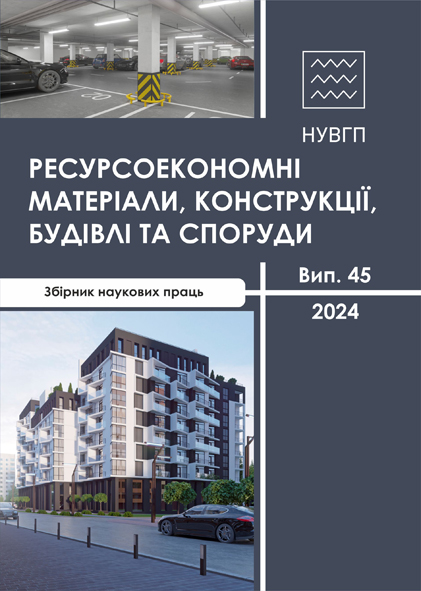PROTECTION OF BUILDING STRUCTURES DURING FIRE USING CELLULAR CONCRETE
DOI:
https://doi.org/10.31713/budres.v0i45.42Abstract
Cellular concrete is made from non-combustible materials such as sand, water, cement, and a foaming agent. The foaming agent ensures a uniform structure of pores throughout the volume while the concrete is hardened.
Comparing the material with a porous structure with other building materials there are several advantages such as low volume weight, water resistance, frost resistance, and fire resistance.
Due to these advantages, cellular concrete has been increasingly used in construction as a material for fire-resistant partitions of class 1 - EI-60 and higher.
The fire-resistant properties are confirmed by numerous tests conducted both in Ukraine and abroad. Having analysed the results of experimental studies carried out by many scientists, cellular concrete construction is resistant to direct flame exposure within 1 to 7 hours depending on the thickness. Cellular concrete with a thickness of 75 mm and a material density of D400 is capable of providing fire resistance at the rate of EI120, which means 2 hours of safe containment of flame and combustion product.
It is necessary to pay more attention to the technology of fire protection of cellular concretes for example lattice structures (trusses), beams.

